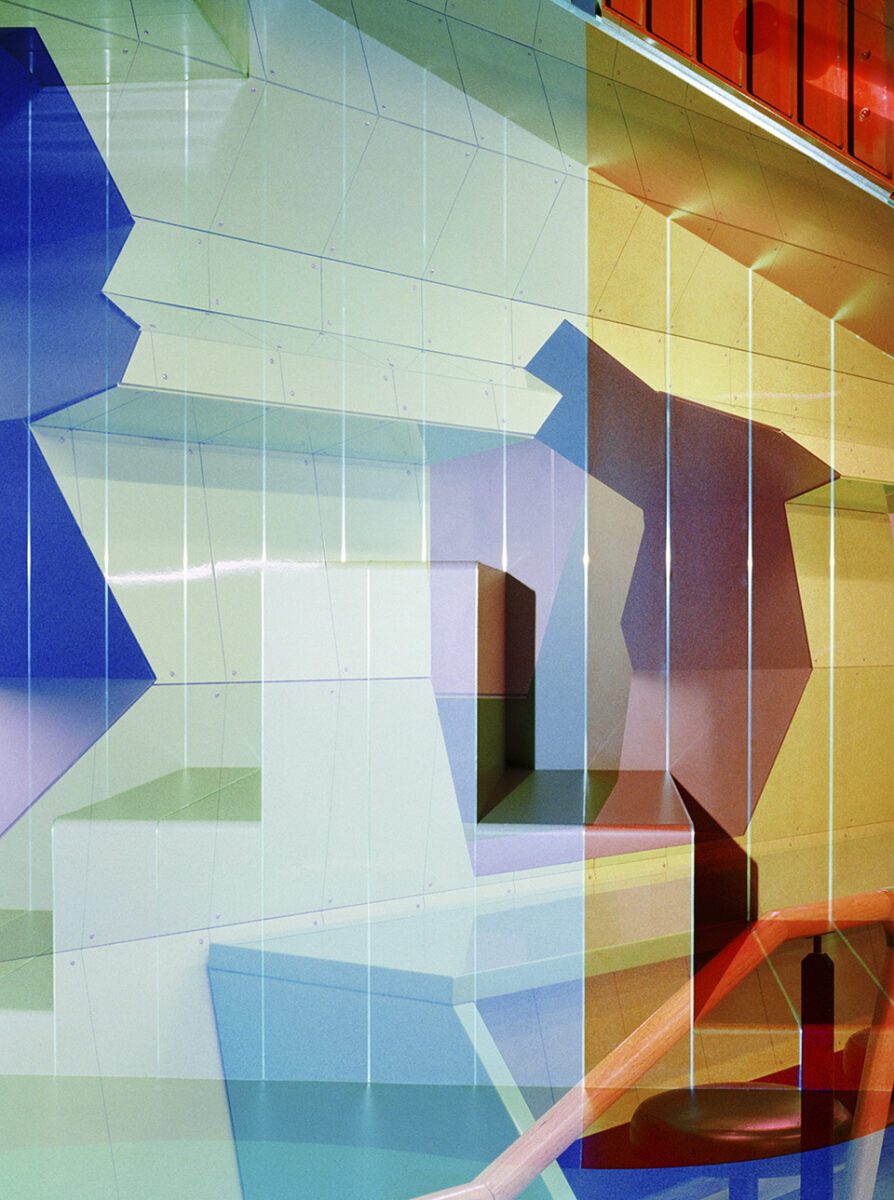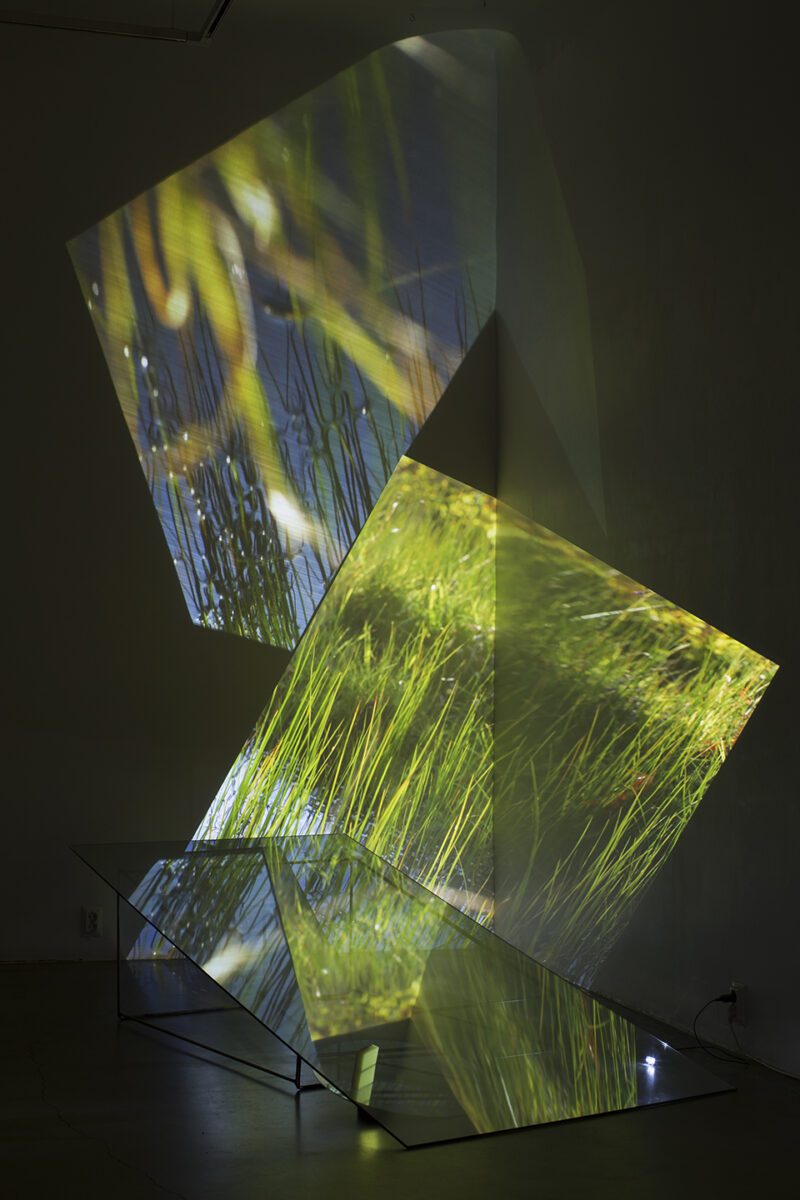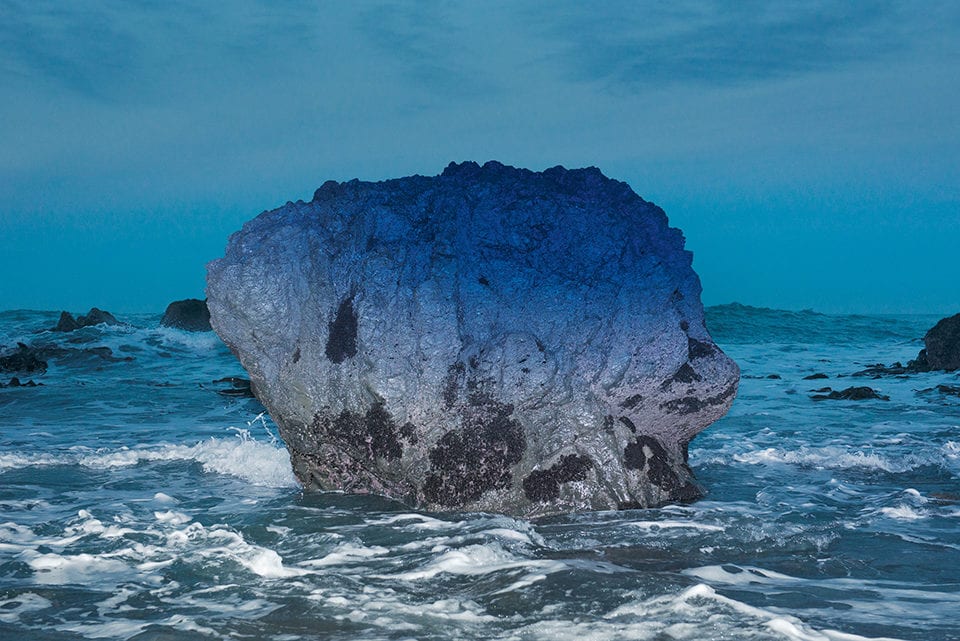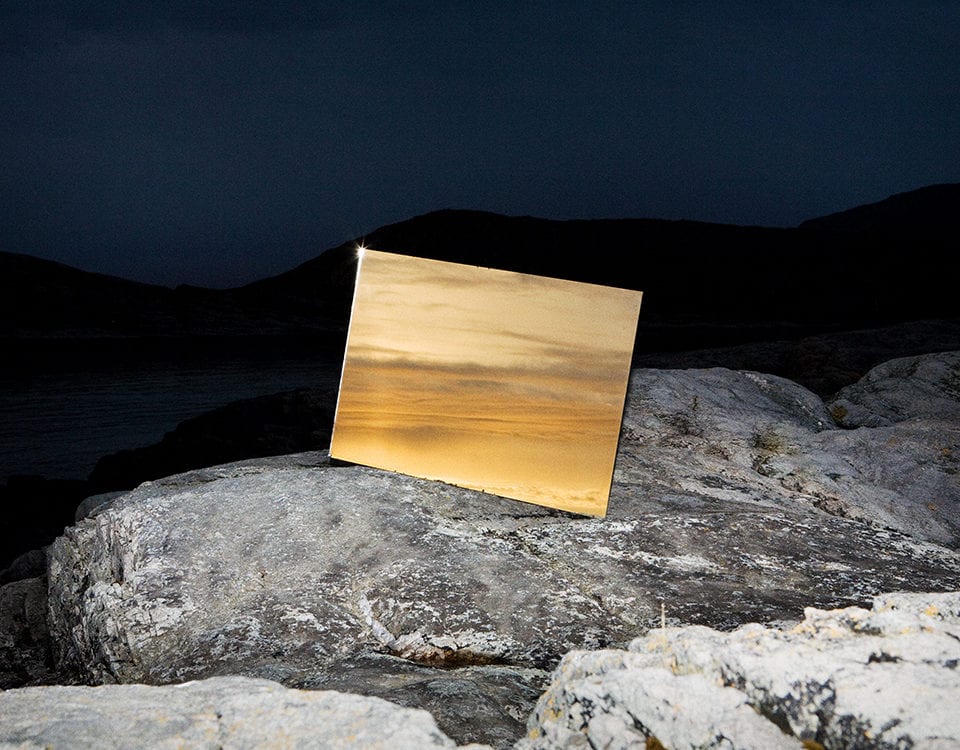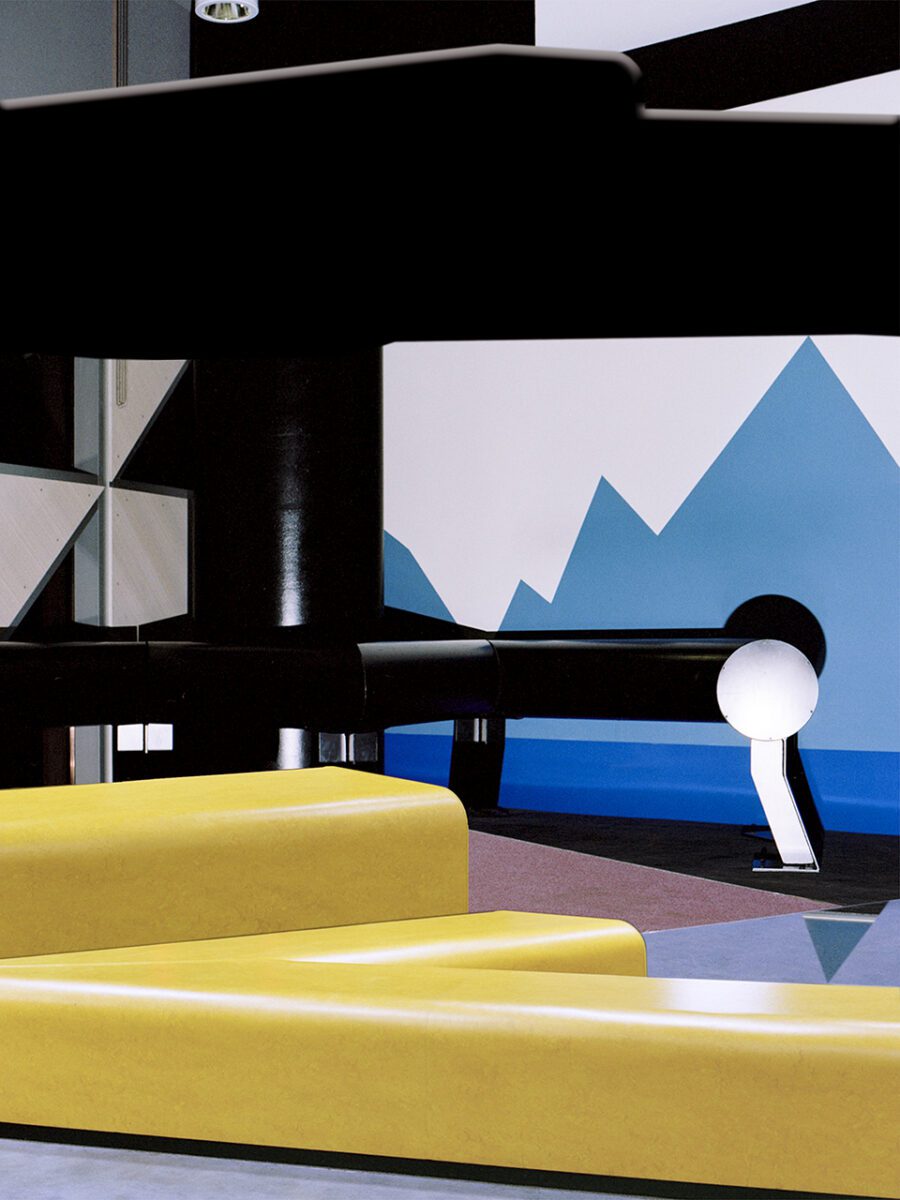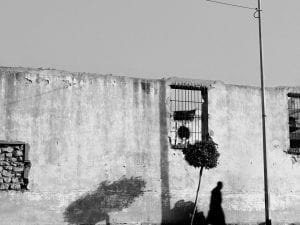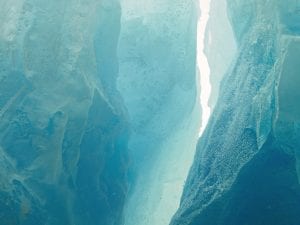The renowned Dutch fair returns, providing a space for photographers that are testing uneven ground through bold, abstracted compositions.
Founded in 2012 by Foam Fotografiemuseum, creative agency Vandejong and arts organisation Platform A, Unseen has quickly gained a reputation for a cutting-edge approach to lens-based media. It has since evolved into a recognisable brand within the photographic world, providing key events in the international calendar. As an umbrella organisation, it encompasses an online platform, a bi-annual magazine, a programme of collaborative events, an independent charity, and, perhaps most importantly, an annual fair in Amsterdam accompanied by exhibitions at renowned institutions such as Stedelijk Museum, Huis Marseille and Melkweg.
For its 2019 edition (taking place 20-22 September at the Westergas creative complex), Marina Paulenka has joined as the Artistic Director, taking over from Emilia van Lynden after her two-year run. In accepting this role, Paulenka departs from the Organ Vida International Photography Festival, which she co-founded and ran in Zagreb, Croatia, for 10 years. Organ Vida captured the world’s attention in 2018 with an edition devoted to women artists. Entitled Engaged, Active, Aware – Women’s Perspectives Now, the festival created visual dialogues about post-capitalist turmoil and rising right-wing extremism, negotiating initiatives such as #MeToo with the female gaze. Catapulting an already-respected festival into the big time, Paulenka won a Lucie Award for Best Curator / Exhibition of the year. She asked important questions about how women must again fight for rights. She shed light on a range of issues such as sexual assault, domestic violence and human trafficking, whilst introducing the world to a number of important emerging artists as part of the wider process.
This passion for social justice, questioning the role of technological advancements and the effects of digital culture, rings true in Paulenka’s vision for Unseen. “Photography is changing all the time, and we discuss its boundaries on a practical, technical, but also philosophical level. Unseen sheds light on artworks backed by deep research and concepts, experimenting with the medium and flirting with different techniques, including installation, video, sound and performance. I see the future of the festival as a responsible and intelligent entity that, by its programme and production, represents an important centre and driving force in which different social practices, art and market are encountered.”
Unseen positions itself as being “at the forefront of contemporary photography,” specialising in artists whose work has not been widely seen – due to being at the start of their career or because they’re located outside the established centres of the industry. This year, the festival features 53 galleries from Iran, India, Argentina and Ghana. The curated programme, meanwhile, includes a three-day talks programme organised in collaboration with London’s V&A and LagosPhoto, one of Africa’s first international festivals. “It is incredibly important to include voices outside of western countries. We cannot stay within safe bubbles,” says Paulenka. “Different countries bring new issues and concerns of which we must make ourselves aware. That is the beauty of diversity in artistic approaches – sharing ideas.”
“With this in mind, there are some more political projects included,” she continues. “For example, ROLF Art, Buenos Aires, is presenting Marcelo Brodsky, who went into the Stadsarchief and made pieces around the Provo movement of the 1970s. Similarly, they’re including emerging talent Celeste Rojas Mugica, whose father went into exile. In her work, she investigates the ways in which memory is constructed, as well as recent Latin American history. She uses photography and archives as spaces of reflection, in which the limits of fiction and documentary are questioned.”
Paulenka adds that it’s not always possible to split artists and issues by country, given the different identities, generations and influences at work in each nation. Looking over the fair and the 300+ practitioners involved – via the fair, the book market it hosts, the associated exhibitions and onsite projects, and development initiatives such as the ING Unseen Talent Award, and the Unseen Dummy Award – she says many artists are considering the tension between virtual spaces and reality. Many of the names are also expressing a close concern with nature and the impact of the Anthropocene. This is where many of the countries pull together thematically, representing the vision of an impending environmental apocalypse, and a symbiosis between different forms of life. “There are worldwide issues connected to the time in which we live,” she points out, “which reflect our collective and general state of mind.”
“I think practitioners are moving on from a lot of collages and constructed photography dealing with the medium itself to some new ways of visual approach and storytelling –researching topics deeper than the surface,” she says. “I don’t see why conceptual or fictional work cannot be engaged with real-world issues. I think young practitioners are incredibly aware of the planet and that comes naturally with the raising awareness of the climate crisis.” This is, after all, something that threatens all of humanity. It is a constant reminder and quiet component behind many of the photographs.
Paulenka points to Andrea Grützner, Inka & Niclas and Mari-Leen Kiipli by way of example – young artists who hail from Germany, Sweden and Estonia respectively. They share similar concerns – the language of images, the interplay of photographic and physical reality, and issues of our everyday landscape under threat. “Grützner’s compositions deal with the emotional and visual perception of spaces,” Paulenka explains. “She seeks both familiar and disconnected subject matters, asking questions about the memory of places and our orientation of designed interiors. She finds and creates photographs as well as objects that oscillate between image-making and painting. She explores ideas of documentary, surrealism, abstraction and visual irritation.”
Indeed, Grützner’s featured images showcase a subtle journey through colour and form. The HIVE series is shot throughout Melbourne RMIT’s New Academic Street, a large area of the University currently undergoing major reconstruction and transformation. The artist notes: “The education buildings are designed to provide a common ground. For me, these maze-like rooms are a metaphor for orientation and alienation. Eclectic interiors draw links to retro computer games that require the player to advance from level to level. Through manipulations, I respond to physical spaces with double exposure techniques, which allows me to reveal the uncanny. I like to question how architecture can have a performative power, and to what extent it can determine wider human behaviour.”
Similarly, Mari-Leen Kiipli presents larger solo projects that combine two-dimensional images with video and installation, focusing on the cognitive qualities of space. She closely observes specific environments and the function of the body’s memory within them. Kiipli produces transparencies and reflections, using slow-motion HD videos on translucent screens and semi-transparent mirrors that propose a multitude of perspectives from within the same rooms.
Inka and Niclas Lindergård (Inka & Niclas) meanwhile, are an award-winning artist duo who “bring new life to landscape photography,” Paulenka notes. “They arrange objects and use coloured lights, thereby offering a different perspective on the relationship between humans and nature.” There is a certain amount of autonomy in this process, asking deeper questions about interventions with the planet. “In the works they are exhibiting at Unseen, the natural world is off-kilter, and the landscape has become fluorescent. The idealised aesthetics in these utopian and bright landscapes are post-produced with Instagram filters. They are addressing our experience, making us aware of not only beauty, but also the culture that is creating a sense of visual tourism.”
Leading on from this, social media is something Paulenka is keen to explore further, noting that museums, galleries and magazines all need to find a way to engage with Instagram and the new opportunities that it presents in terms of circulation, representation and discussion. She notes that she’s “interested to see how practitioners move from social networks to physical galleries,” but adds that at Unseen, “we’re also thinking through how to curate online “because we are now developing our new digital platform.”
In fact, one of the strands up for discussion in the Living Room at the festival is the way in which modern technology has changed how images are made, shared and experienced, as well as the impact on, and responsibilities of, institutions, curators and collectors witnessing the change. “Since photography is constantly evolving, it is necessary to adapt it both technologically and contextually,” she says. “Today new curatorial strategies are being developed with the aim of using digital media, reframing the idea of the exhibition. It is important to think how to produce and present artworks in online and virtual spaces in another, offline world.”
To achieve this, Unseen invites experts to discuss how through digitalisation aesthetics are globalised. Paulenka continues: “We are questioning: do we like the same things now? Is the market open for the majority? Within these panels, we want to bring artists’ voices to discuss this image-sharing platform and how they see themselves in this virtual world.”
The programme also includes pieces by students from prestigious Dutch institutions KABK, HKU and Rietveld, as well as from the Charles Goes Arles collective; in addition it includes an event planned in collaboration with the Docking Station photography platform and the city partner Arias to discuss food production and its impact on the natural world – an issue-led event along the lines of the Unseen x LSE day held during Photo London this year, which comprised academics and artists to discuss gentrification.
“I believe in the critical potential of artistic production, and that art not only reflects the society in which we live but can stimulate contemplation, critical knowledge and positive changes,” explains Paulenka. “I consider art to be, besides other things, a social practice that in our mutual interaction creates our imaginings of reality. I think photography is a powerful tool in communication and visual literacy. Many of the remarkable works have emerged as retrograde.”
Diane Smyth
Unseen Amsterdam | 20-22 September



